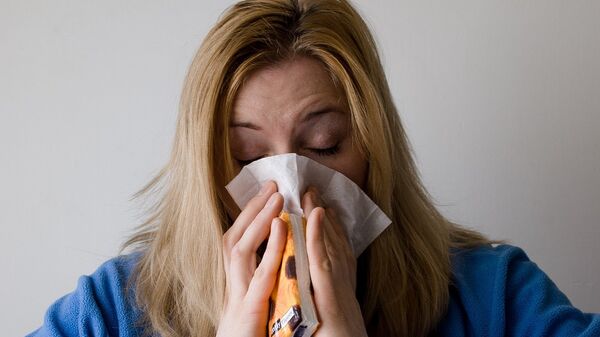Similarly the number of flu-related hospitalizations have almost doubled, presently standing at nearly 1450 versus 719 last year. Medics have also warned the winter spike in flu-like symptoms has occurred earlier than usual across the country, according to the latest data.
Now health services in the US, Northern America and across Europe are bracing themselves for an identical scenario.
"In general, we get in our season what the southern hemisphere got in the season immediately proceeding us. An intelligent guess, therefore, is that the north will probably have a bad flu season. With influenza, it is never 100 percent. There is nothing really unusual about this year except that it's a high year in Australia, which is what you see every once in a while," Dr. Anthony Fauci, director of the United States' National Institute of Allergy and Infectious Diseases, said.
Dr. Fauci stressed that the "only thing that you can predict about influenza is that it's going to be unpredictable."
A breakdown of the cases in Australia reveals that New South Wales, the nation's most populous, is battling the most flu cases with 60,000 reported by the end of August — mostly in Sydney.
Queensland has also seen more hospital admissions than in the last five years, mostly among an older population, while younger people more often test positive but remain at home.
Meanwhile flu numbers in New Zealand and elsewhere in the Pacific have not matched the same elevated levels.
Data obtained by Australia's Flutracking Project recorded an increase in flu-like symptoms at a much earlier point than the five year average.
Craig Dalton, public health physician, said: "We're seeing an early rapid upswing. Usually we get this sort of upswing in fever and cough and influenza-like illness in late August, but this year it started in mid to late July."
He cautioned against describing 2017 as a "record" year for influenza, stressing more and more lab results are being conducted every year, leading to more reported cases.
More than 50 outbreaks have already been reported in New South Wales aged care homes, prompting warnings from doctors for sick people to avoid visiting elderly relatives.
"Each year more than 800 people die in NSW from complications associated with influenza and the elderly are particularly vulnerable. We are seeing high levels of both influenza A and B strains circulating in the community and older people are more susceptible to severe infection from the influenza A strain that is circulating," Vicky Sheppeard, NSW Health communicable diseases director, said.



